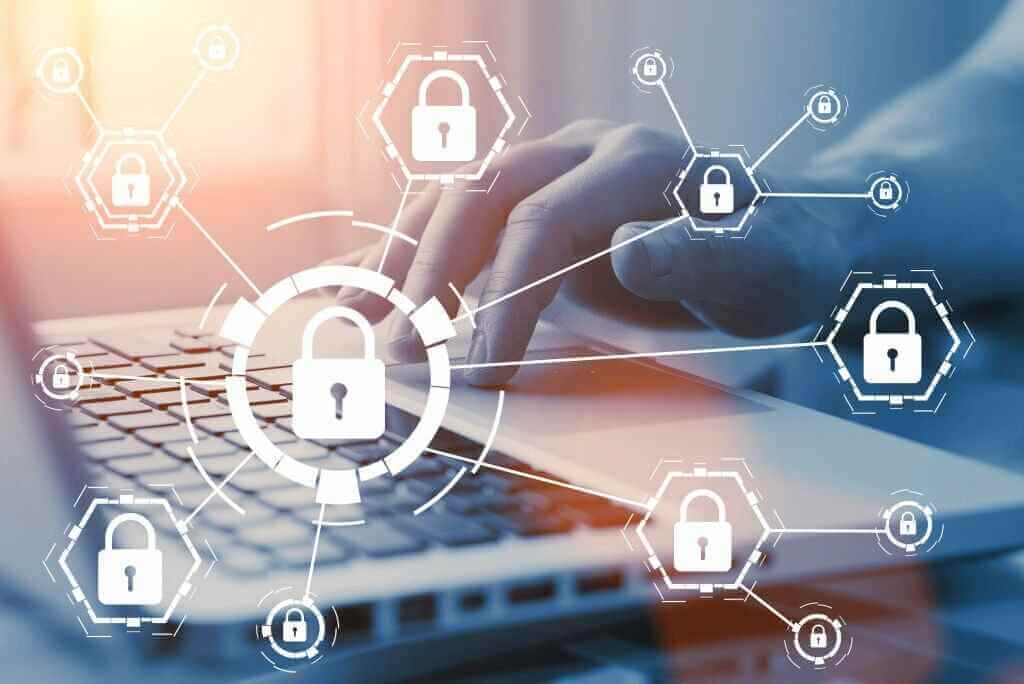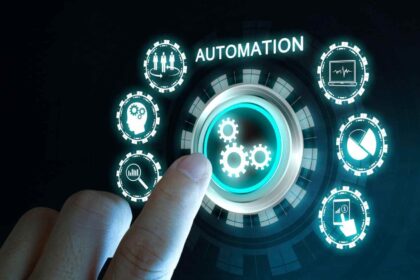In today’s world, ensuring the safety of students in schools is a multifaceted challenge that extends beyond the physical premises. Technology has stepped up as a pivotal ally in this mission, offering innovative solutions to protect students from various threats and fostering an environment conducive to learning and growth.
Contents
- Advanced Surveillance Systems: The Watchful Eyes
- The Emergence of Vape Detectors
- Data-Driven Insights For A Safer Environment
- Digital Communication Platforms For Emergencies
- Cybersecurity Measures To Protect Student Data
- Integrating Access Control For Secure Campuses
- Mental Health Monitoring: The Digital Frontier
- A Commitment To Continuous Improvement
Advanced Surveillance Systems: The Watchful Eyes
One of the most visible aspects of technology in school safety is the use of advanced surveillance systems. High-definition cameras with motion sensors and night vision capabilities are now commonplace, providing a continuous watch over school grounds. Modern surveillance systems can be monitored remotely, ensuring that school security personnel can keep an eye on the premises even when off-site.
The Emergence of Vape Detectors
With the rise of vaping among teens, vape detectors have become an essential tool in schools. These devices can detect vapor from electronic cigarettes, alerting school administrators to usage in real-time. This not only helps enforce school policies regarding substance use but also aids in maintaining the health and well-being of the student population. By deterring vaping on school property, these detectors play a crucial role in promoting a safe and healthy learning environment.
Data-Driven Insights For A Safer Environment
Technology also provides schools with data-driven insights that are key to developing effective safety strategies. The following table illustrates the kind of data that can be collected and how it impacts school safety:
| Data Type | Collection Method | Impact on Safety |
| Visitor Patterns | Sign-in systems and surveillance | Monitors and controls access to the school |
| Bullying Incidents | Reporting apps and hotlines | Provides early intervention opportunities |
| Vape Detection Alerts | Vape detectors | Enables prompt response to substance use |
This data, when analyzed, can help schools preemptively address potential safety issues and respond to incidents more effectively.
Digital Communication Platforms For Emergencies
In an emergency, communication is critical. Schools are now adopting digital platforms that allow for instant communication with students, staff, and parents. These systems can send out alerts in real-time, providing instructions and updates during critical situations. They also serve as a channel for reporting safety concerns, ensuring that everyone in the school community has a voice when it comes to safety.
Cybersecurity Measures To Protect Student Data

As schools integrate more digital tools into their daily operations, the importance of cybersecurity grows. Protecting student data from breaches is paramount. Schools are implementing sophisticated firewalls, secure Wi-Fi networks, and regular cybersecurity training for staff and students. These measures are crucial in maintaining the privacy and safety of the school community in the digital realm.
Integrating Access Control For Secure Campuses
Beyond surveillance and immediate threat detection, technology is revolutionizing school safety through integrated access control systems. These systems ensure that only authorized individuals can enter buildings and restricted areas, using keycards, biometrics, or even facial recognition software. Such measures significantly reduce the likelihood of intrusions and unauthorized access, keeping students and faculty safe from external threats. This level of control also helps in managing and tracking who is on campus at all times, creating a secure environment that is conducive to learning.
Mental Health Monitoring: The Digital Frontier
Another burgeoning area where technology is making strides is in the mental health monitoring of students. With the help of AI-driven analytics and monitoring software, schools can identify patterns that may indicate a student is facing emotional distress or mental health issues. By flagging irregularities in attendance, academic performance, or online behavior, these systems enable early intervention by counselors or psychologists. This proactive approach is integral in providing support to students who may be at risk, ensuring their safety and well-being, which is just as important as their physical security.
A Commitment To Continuous Improvement
In conclusion, technology is an indispensable element in the quest to keep schools safe. From advanced surveillance to vape detectors, data analysis, emergency communication platforms, and cybersecurity measures, the range of tools available is as diverse as the challenges they address. As technology continues to evolve, so too will the ways in which we can protect our students, ensuring that schools remain sanctuaries for education and development. It’s a commitment to continuous improvement, where the safety of students is always the highest priority.




